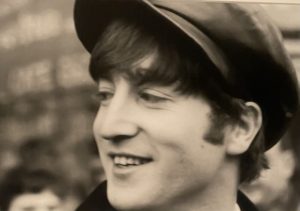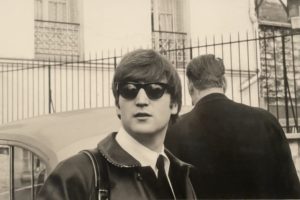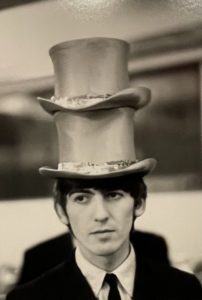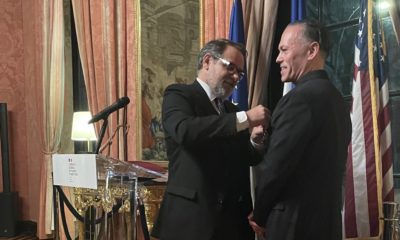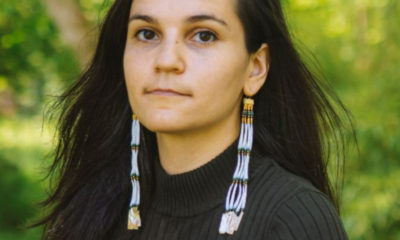Tucked away within the archives of the Brooklyn Museum is a small pencil drawing titled “Three Women, After Jean-Auguste-Dominique Ingres,” by contemporary American Artist Sante Graziani. Though the Graziani drawing was inspired by Ingres, the ethos of the 19th century French master is also evident throughout the exhibition of Paul McCartney’s first-hand photo documentation of the early days of The Beatles as they journeyed from Liverpool and London in late 1963 to Paris, New York, Washington, D.C., and Miami in February of 1964. Ingres famously said to his painting students, “If I could make musicians out of you, you would profit as painters.” McCartney, much like Ingres, understood the synergy between one art form and another as he called upon his musical genius to inform his visual sensibilities.
The Brooklyn Museum exhibition of more than 250 of McCartney’s recently discovered photographs clearly demonstrates the impact of cross referencing the arts as one discipline inspires another. Toward the second half of 1963, each of The Beatles had acquired a Pentax camera of their own. Introduced in the late 1950s, the new point-and-shoot single-lens reflex model inspired many aspiring photographers. However, the McCartney work on exhibition is by no means simple point-and-shoot photography. Rather, each shot is a thoughtfully composed work of art, exhibiting the same rhythm, flow and harmony of any of McCartney’s musical sensations. Moreover, it should be noted that the beloved musical icon said that any one of The Beatles could have taken these photographs because of their own creative spirit.
McCartney’s interest in photography can be traced back to his childhood when he first looked through the viewfinder of his family’s first camera, a Kodak Brownie. In his teenage years in postwar Britain, he was keenly aware of a shift in popular culture and the imagery of contemporary photojournalists. “It was after the war, so things were brightening up and I was being exposed to good photography,” McCartney is quoted in the exhibition. The young musician’s creative instinct was further piqued by his relationship with his brother Mike, who shared his interest in both photography and music. His photographic sensibilities flourished even further when he married professional photographer Linda Eastman in 1969. The family’s photographic heritage continues today through the artistry of their daughter, photographer Mary McCartney.
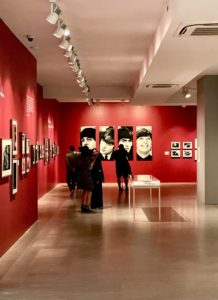
With guitar in one hand and Pentax in the other, McCartney found a synergy between music and art. His documentation of “Beatlemania,” a term coined by the British press to describe the euphoria surrounding the rock-and-roll sensation, begins with the band’s autumn tour that opened in Gloucestershire, in South West England, Nov. 1, 1963. McCartney says of the early images, “The photographs remind me of an England that was more of my parents’ generation than my own; of the early concerts, and those original fans; of Beatlemania, a true English invention; and of a London, that in 1963 spoke of promise and ambition and everything new to four young men from the North.”
Advertisement
The exhibition was organized by Catherine Futter, Director of Curatorial Affairs and Senior Curator of Decorative Arts, as well as Jennie Tang, Executive Assistant to the Deputy Director of Art and the Director of Curatorial Affairs, and continues through the Fab Four’s frenetic intercontinental journey and their exposure to an adoring fan base.
An early visit to Hamburg, Germany, proved to be a transformative experience for the newly formed band. It was there that the original members, consisting of Paul, John, George, bass guitarist Stuart Sutcliffe and drummer Pete Best, began to develop their own rock-and-roll sound. With their return to Liverpool, the group quickly began to gain attention with lunchtime performances at the well-known Cavern Club. The local Liverpudlians were drawn to the group as they covered many American songs, particularly from black musicians such as Little Richard, Chuck Berry, John Lee Hooker, the Shirelles, the Marvelettes and the Miracles. In 1962, the band that we all know and love was complete with the addition of Ringo Starr on drums.
The frenzy over the British rockers continued to grow with their appearance on a popular British variety television show, Val Parnell’s Sunday Night at the London Palladium in 1963. The momentum began to build as millions of British households were riveted by the newly formed group. With Pentax at the ready, McCartney documented the band’s early experiences with fame and frenzy as he captured backstage interactions, drab and dreary dressing rooms, endless hours of waiting, and the support shown by family members.
The road to international superstardom continued with a stopover in Paris where McCartney framed images of the frenetic days of photo shoots, recording sessions and an intense 18-day engagement at the Olympia Theatre. While in Paris, the band was informed that “I Want to Hold Your Hand” reached the top of the charts in the U.S. The Beatles were now an international phenomenon. “I don’t think we should go to America until we’ve got a number one hit,” McCartney is quoted in the exhibition. “So we waited, and we happened to be in the George V Hotel in Paris when the telegram arrived from Capitol Records in America. We just screamed and jumped on each other and ran around the hotel room and danced. It was a lot of fun.”

Advertisement
New York City was next for the traveling troubadours. According to Futter, The Beatles had a strong affinity for New York and vice versa. That led to the curatorial focus on the band’s time in the Big Apple. Some of McCartney’s photographs include images of The Beatles as they traveled from Heathrow Airport in London to John F. Kennedy International Airport in New York. Sir Paul’s photographs captured the excitement of the band members and the adoring fans, as well as the wonders, joys and thrills of coming to America. McCartney’s camera started clicking away right through the window of the chauffeur-driven limousine that ferried them to Manhattan down West 58th Street to the world-renowned Plaza Hotel. Images of the mounted police controlling the crowds tell a big part of the New York experience. “This was something we wanted,” McCartney was quoted. “So that when it happened, when there were crowds outside the Plaza Hotel and the mounted policemen were holding them back, it was like being in a very exciting film and we were the stars.”
The next stop from there was “The Ed Sullivan Show” and a date with history. On Feb. 9, 1964, more than 70 million viewers tuned in to see The Beatles perform a live broadcast that propelled the group into instant international stardom. Soon after, McCartney and his bandmates boarded an airplane to Miami for a second appearance on “The Ed Sullivan Show” broadcast from the Deauville Beach Resort. The harmonies of McCartney’s photographs were then transcribed into another key. Once in the Sunshine State, he switched from black-and-white to color film to highlight Miami’s blue skies, swaying palm trees and sun-soaked, sandy beaches.
As the lives of four young men from Liverpool were undergoing an amazing transformation, Paul McCartney documented the journey through photographs from the early days at the Olympia Theater to the broader stage within the hearts of millions across the globe. While John, Paul, George and Ringo gave the world an amazing gift in the early 1960s that continues to inspire and enrapture today, McCartney put a bow on the box with this telling and artful representation of the frenzy that began with the birth of The Beatles.
McCartney’s photographs, on view at The Brooklyn Museum from May 3–August 18, 2024, not only moves the emotions of all who were touched by The Beatles, it also demonstrates to those within the art, design and visual merchandising communities the impact various art forms – from music and dance to painting and literature – can have on any creative expression. Both McCartney and Ingres clearly confirm that one art form influences another. Moreover, the organization and structure of environmental design, from retail to residential, can certainly be informed by the rhythms of space and the curatorial structure of museum design.
Photography: Eric Feigenbaum, New York
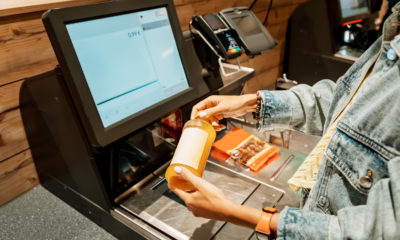
 Headlines7 days ago
Headlines7 days ago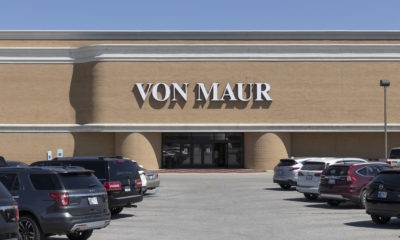
 Headlines2 weeks ago
Headlines2 weeks ago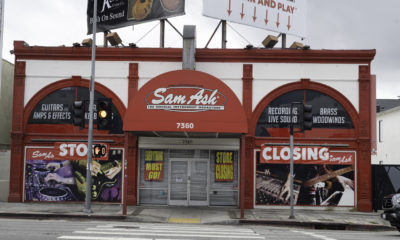
 Headlines1 week ago
Headlines1 week ago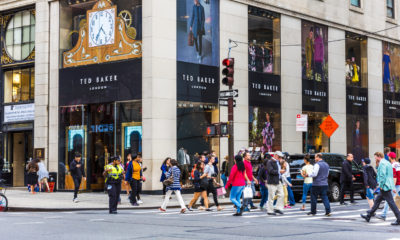
 Headlines2 days ago
Headlines2 days ago
 Headlines6 days ago
Headlines6 days ago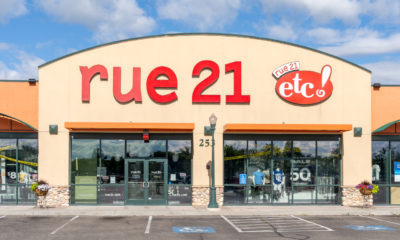
 Headlines2 weeks ago
Headlines2 weeks ago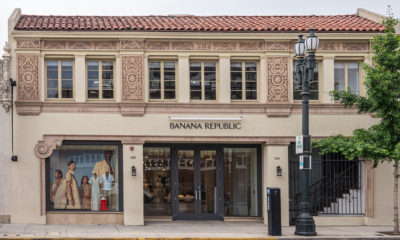
 Headlines2 weeks ago
Headlines2 weeks ago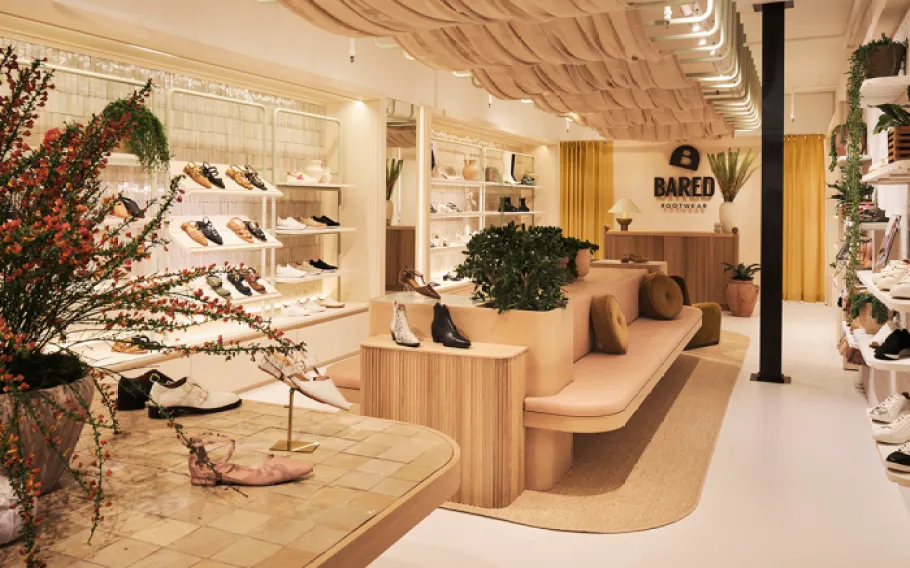
 Headlines5 days ago
Headlines5 days ago




